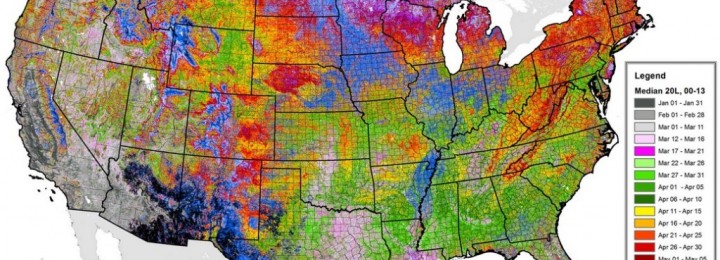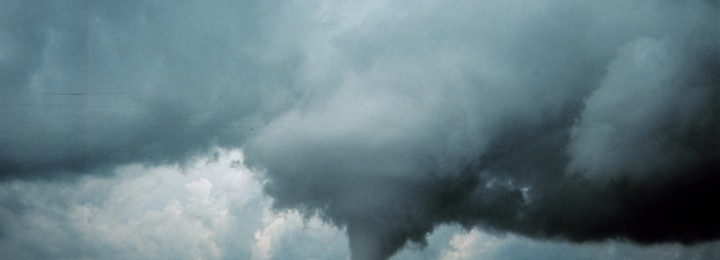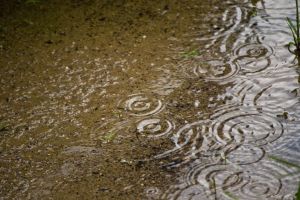-

NOAA has released their climate summary for the US for March 2015. The maps below show that while the west continued its record-setting warm conditions, the eastern US was split between areas that were slightly above normal (including the Southeast) where it was dry and below normal temperatures where it was wet. March was the…
Posted in: Climate summaries -

The Southeast Regional Climate Center has a useful display tool for showing the rankings of observed temperature values at NWS stations around the Southeast. Today a number of stations in the region set record high temperatures and a few more set record high minimum temperatures. The tool also allows you to look two days ahead…
-

I ran across a fascinating set of maps on the average date of greenup on agricultural lands today. This set of maps is provided by ForWarn, which is the satellite-based tracking service of the US Forest Service. You can find them at https://forwarn.forestthreats.org/highlights/918#. One of the most interesting things to me is the extent to…
Posted in: Interesting weather images -

EDENotes blog posted a story today on new definitions for severe weather threat from the National Weather Service’s Storm Prediction Center. You can find the blog entry here. The Storm Prediction Center has provided these new categories to make the daily threat levels more clear and explain what kinds of severe weather are likely to…
Posted in: Climate and Ag in the news -

Each year NOAA and other groups put out a forecast for the expected number of tropical storms and hurricanes expected to occur in the Atlantic basin. This forecast is based on the El Nino phase as well as other factors such as long-term ocean patterns and past seasons. But there is no similar forecast for…
Posted in: Climate science -

Peanut planting is about to get underway across many parts of the South as soil temperatures in south Georgia and Alabama generally rise above 70 F during the day and no cold weather is expected. In general, planting begins around mid-April once the threat of cold weather has passed, since peanut germination is poor at…
-

As the Miami Marlins learned yesterday, weather apps should be used carefully when planning short-term work that may be impacted by current weather. The Marlins play in a stadium with a retractable roof which is supposed to prevent rain delays. However, to do that it has to be closed. Yesterday, they started the game with…